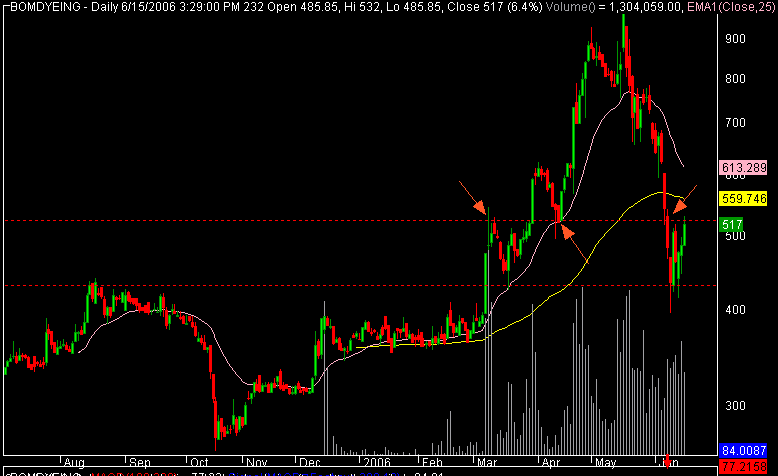
Markets keep changing, and flexibility is the name of the game. A
brilliant programmer told me recently that he kept losing money but
whoever was buying off of his stops must have been profitable because
his stops kept nailing the bottoms of declines. I asked why he didn’t
start placing his buy orders where he now placed stops. He wouldn’t
do it because he was too rigid, and for him buy orders were buy orders
and stops were stops. A high level of education can be a handicap in
trading. Brian Monieson, a noted Chicago trader, once said in an interview,
“I have a Ph.D. in mathematics and a background in cybernetics,
but I was able to overcome those disadvantages and make money.”
Many professional people are preoccupied with being right. Engineers
believe that everything can be calculated, and doctors believe that if
they run enough tests, they’ll come up with the right diagnosis and
treatment. Curing a patient involves a lot more than precision. It is a
running joke how many doctors and lawyers lose money in the markets.
Why? Certainly not for lack of intelligence, but for lack of humility
and flexibility.
Markets operate in an atmosphere of uncertainty. Trading signals are
clear in the middle of the chart, but as you get closer to the right edge,
you find yourself in what John Keegan, the great military historian,
called “the fog of war.” There is no certainty, only odds. Here you have
two goals—to make money and to learn. Win or lose, you have to gain
knowledge from a trade in order to be a better trader tomorrow. Scan
your fundamental information, read technical signals, implement your
rules of money management and risk control.
COURTESY:-come into my trading room


